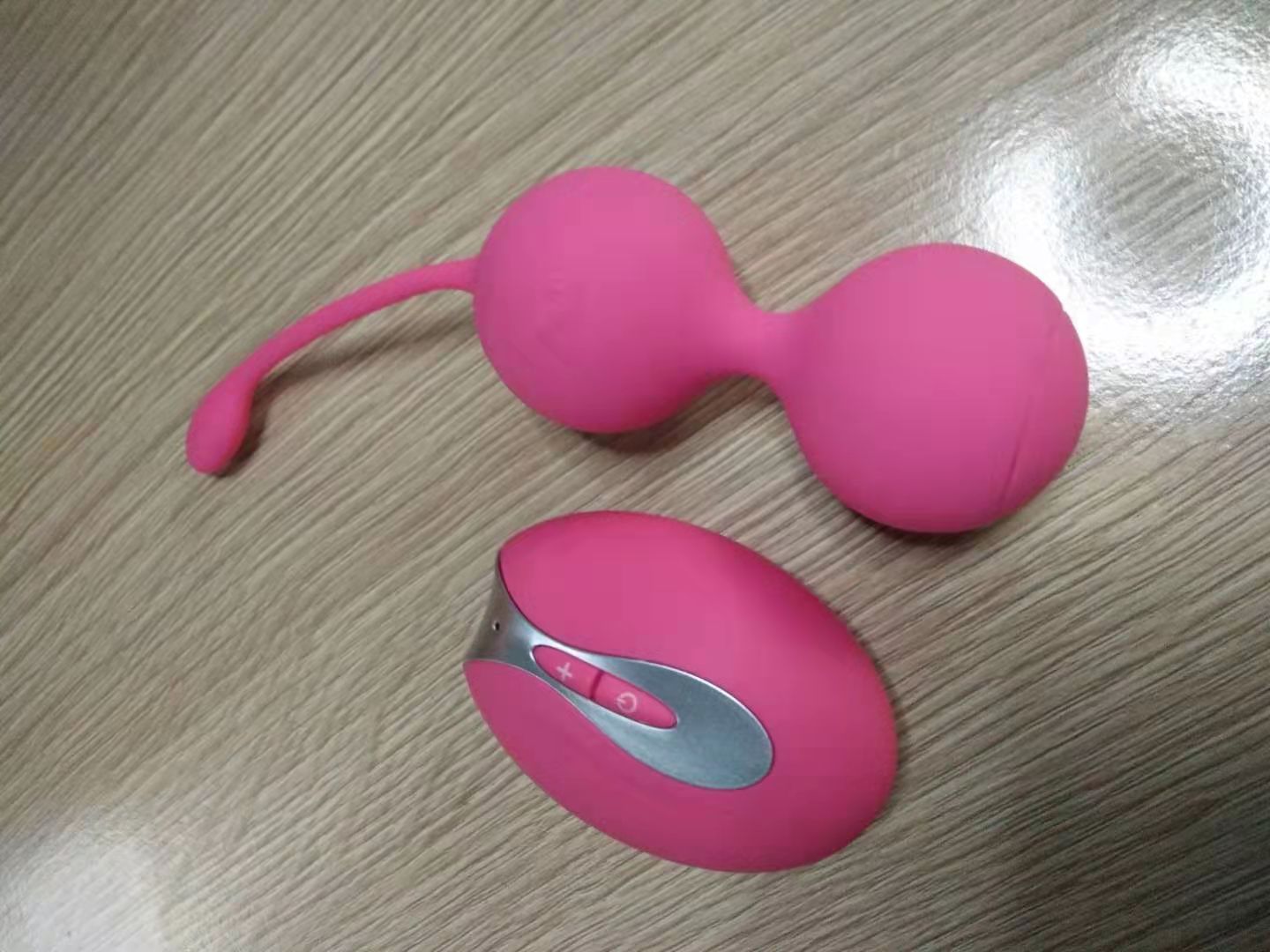About Us
How Does the Economy Impact Sales of Thrusting Sex Toys ?
Views : 21
Update time : 2025-04-07 15:45:41
Problem: Economic downturns create uncertainty for businesses, and the adult toy industry is no exception. Consumers often tighten budgets during recessions, raising questions about how sales of niche products like thrusting sex toys and lesbian sex toys fare.
Will buyers prioritize pleasure products when essentials like food and housing strain their wallets? Can manufacturers adapt to shifting demand without compromising quality?
Solution: By analyzing economic trends, consumer behavior, and strategic adaptations, companies can thrive even in challenging markets.
How the Economy Affects Sex Toy Sales
Economic conditions directly influence consumer spending on adult toys. During recessions, demand for premium products like thrusting sex toys may dip as buyers opt for budget-friendly alternatives. Conversely, markets targeting specific demographics—such as lesbian sex toys designed for inclusivity—often maintain stable demand due to loyal customer bases. Factors like disposable income, material costs, and e-commerce trends further shape sales. Manufacturers that prioritize affordability, quality compliance (e.g., ISO, CE certifications), and targeted marketing outperform competitors during economic shifts.Curious how inflation, material shortages, or global trade policies impact your favorite pleasure products? Keep reading to uncover actionable insights for both consumers and businesses.

Key Questions & Answers
1. Do recessions reduce sales of thrusting sex toys?
Yes and no. High-end mechanical toys (e.g., thrusting sex toys) often see slower sales during economic slumps as buyers prioritize essentials. However, mid-range or discounted options gain traction. For example, Chinese manufacturers offset losses by offering “value packs” or simplified designs that retain core features (e.g., adjustable speeds) at lower costs.2. How does disposable income affect lesbian sex toy demand?
Products tailored to LGBTQ+ communities, like lesbian sex toys, show resilience. These buyers prioritize representation and quality over price, creating steady demand. Brands that emphasize body-safe materials (silicone, ABS plastic) and inclusive marketing retain loyalty even when budgets shrink.
3. Why do material costs matter for sex toy production?
Fluctuating prices of silicone, batteries, and electronics directly impact manufacturing. For instance, during the 2021 global silicone shortage, companies switched to TPE blends for non-insertable toys but kept medical-grade silicone for insertables like thrusting sex toys to meet safety standards.4. Can e-commerce offset weak in-store sales during a downturn?
Absolutely. Online sales of adult toys surged by 27% during the 2020 recession, as discreet shipping and privacy-focused shopping appealed to budget-conscious buyers. Brands investing in SEO-friendly product descriptions (e.g., “waterproof lesbian sex toys”) captured organic traffic effectively.5. How do international quality rules influence pricing?
Compliance with EU’s CE or America’s FDA standards raises production costs but builds trust. For example, thrusting sex toys requiring safety certifications may cost 15–20% more to produce, but they dominate premium markets. Brands skimping on compliance risk penalties and reputational damage.Conclusion
The economy shapes sex toy sales through pricing, material availability, and consumer priorities—but agility, quality adherence, and niche targeting ensure resilience. Whether you’re buying thrusting sex toys or lesbian sex toys, understanding these dynamics helps you make informed, satisfying choices.
相关新闻




